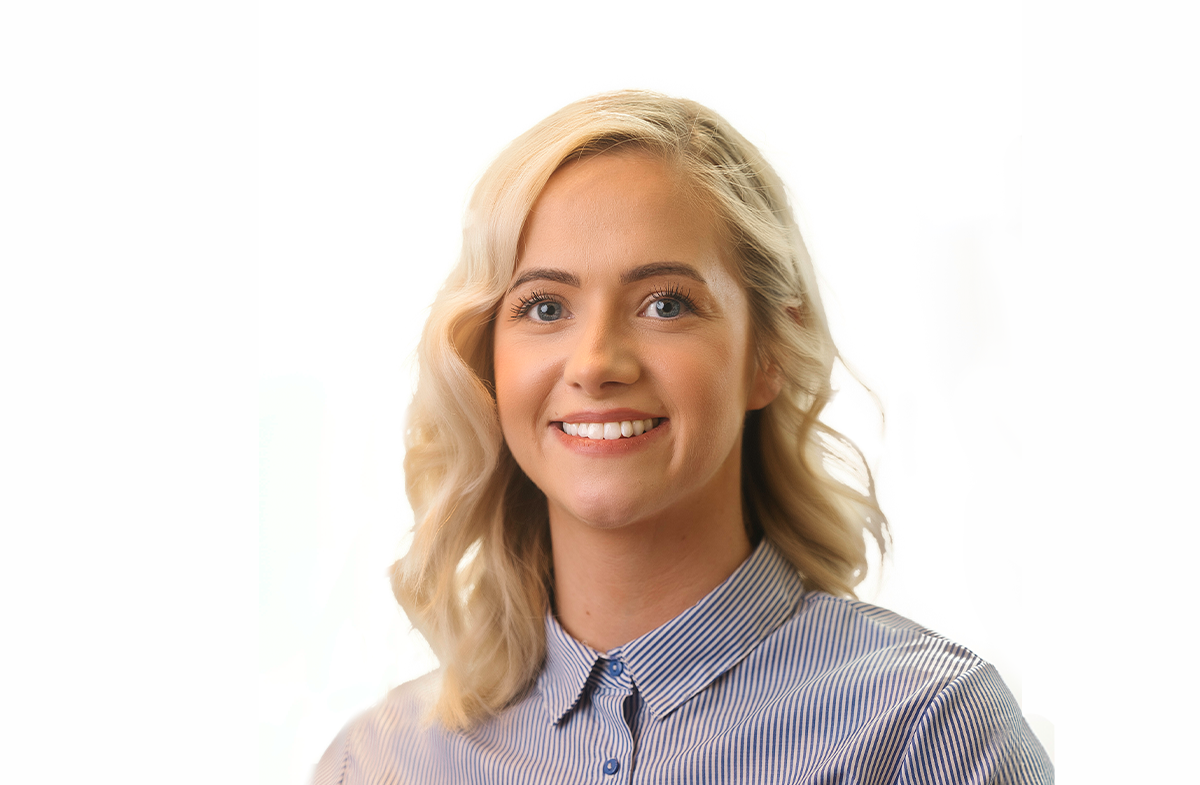
Tell us a little more about yourself, Stacey
Hi, I’m Stacey. I’m an identical twin from County Tyrone and I spend a lot of my spare time doing outdoor activities and exploring our beautiful country. I love channelling my creative side by playing music, painting and sewing.
I recently returned home from Australia after spending the last 3 years with my fiancé and two of my sisters in Melbourne. We have lots planned for 2022 with getting married, starting the build of our new home and the opening of my partner’s new café – Ryco!
You joined B-Secur earlier this year as a Data Analyst, can you share what your journey to Clinical Research Engineer looked like?
That’s right, I joined B-Secur as a Data Analyst in May and feel that this was the perfect position to gain exposure to all things B-Secur and to collaborate with many other teams while working on a range of projects. I have always been interested in developing my career in clinical research however and having discussed this with my manager, Holly, I was able to take on more clinical related tasks within the team and was then recently promoted to Clinical Research Engineer. I’m really looking forward to exploring my role as Clinical Research Engineer while B-Secur become more and more involved in the medical industry.
“I am thrilled with my new position and feel very fortunate to work under management who recognise each individual’s qualities and actively support their progression into the most suitable role.”
From applying and implementing medical technology to optimise healthcare delivery, can you provide some insight into what a typical day looks like?
As the title suggests, there is a lot of researching involved, finding new connections and building relationships, keeping up to date with current and upcoming projects, however a typical day in clinical research really depends on the stage you are at with a specific project. Before a research project can begin, there is lots of planning involving meetings, proposals, the generation of study documentation etc. then when the study starts there can be a lot more time spent on site training staff, assisting with collection activities, troubleshooting etc. and finally when the study has been completed, most time will be spent analysing data, report writing etc. Project timelines can range from several months to several years.
Why should someone consider a career in Clinical Research?
I think there are aspects of a career in clinical research that suit a range of people, whether you enjoy working with documentation in drafting study protocols, have a great eye for detail in ensuring alignment to standards, love to work with a range of people including physicians and nurses who are passionate about their work, or work with patients who are genuinely interested in research that may contribute to the management of their condition. It’s such a rewarding experience to know that you are contributing to the future of medical intervention and potentially improving a patient’s quality of life.
In your opinion, what’s next for healthcare and technology?
I think we are going to see more cohesion between the healthcare and technology sectors. With COVID having such drastic effects on the population, I think people have become more aware of the importance of not only their health, but also their lifestyle choices.
Wearable technology discreetly and comfortably enables people to monitor their health without impacting their normal routine. I think we could potentially see changes to clinical pathways enabling people to manage their conditions more remotely.
What do you hope the future of telehealth looks like and how do you anticipate B-Secur will impact this journey?
B-Secur’s aim is to enable ECG everywhere and I think this is the future of telehealth. I would love to see more alliance with the healthcare and technology sectors to ensure that people who are most in need are able to access technology which could improve their quality of life.
“By enabling ECG everywhere, we can reach people from all socioeconomic backgrounds, not just those who have access to the latest technology. B-Secur are passionate about their involvement in supporting local research activities and working with a range of institutions with the aim to enable ECG everywhere.”